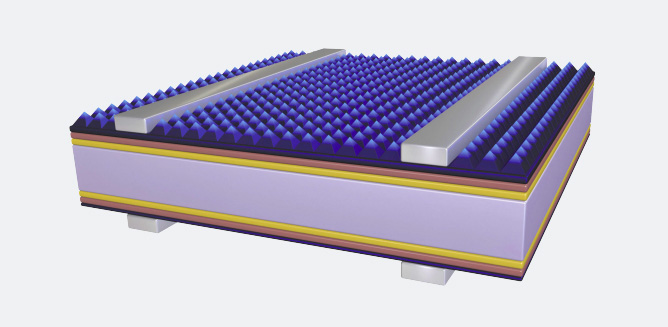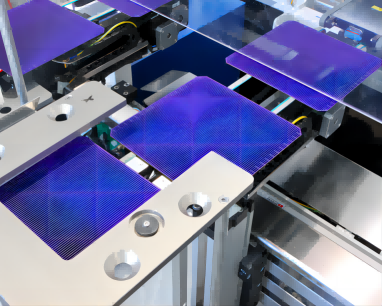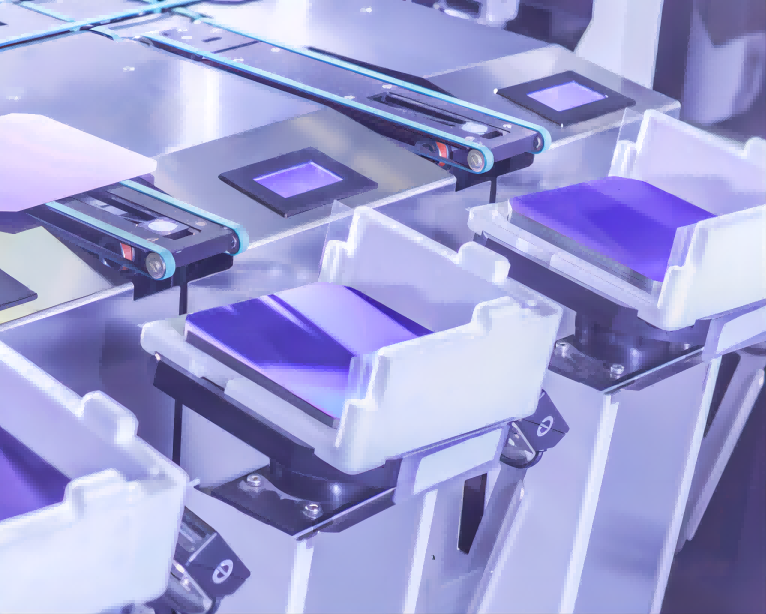Heterojunction technology (HJT) is a solar panel production method, which has been on the rise since the past decade. This is an effective process to improve the efficiency and power output of the solar industry to a high level, and it even exceeds the performance of the current PERC technology in the solar industry. HJT battery combines two different technologies: crystalline silicon and amorphous "thin-film" silicon. Compared with using these technologies alone, using these technologies together can collect more energy and achieve 25% or higher efficiency.
HJT Solar Cell Structure
Using monocrystalline silicon sheet as substrate,the cleaned and fleeced silicon wafer was successively deposited with intrinsic a-Si of 5~10nm thickness: H film and p-type a-Si: H film with a thickness of 5~10 nm were deposited on the front of the cleaned and fluffed silicon wafer on the substrate of monocrystalline silicon, thus forming the p-n heterojunction. The intrinsic film with thickness of 5~10 nm and n-type a-Si: H film are deposited on the back of the silicon wafer to form the back surface field. Then the transparent conductive oxide film is deposited, and finally the metal collector is formed on the top layer of both sides by screen printing technology, forming a symmetrical HJT solar cell.
Advantages of Heterojunction Solar Cells(HIT Solar cell)
Higher efficiency - At present, the efficiency of most heterojunction panels on the market is between 19.9% and 21.7%. Compared with other traditional single crystal batteries, this is a huge improvement.

Elasticity and adaptability - This technology is developed to achieve excellent production capacity, even in extreme weather conditions. The temperature coefficient of HJT panel is lower than that of traditional solar panels, which ensures high performance at elevated external temperature.Life expectancy - On average, thin-film PV modules have a life expectancy of 25 years, while HJT solar cells can maintain full normal operation for more than 30 years.
